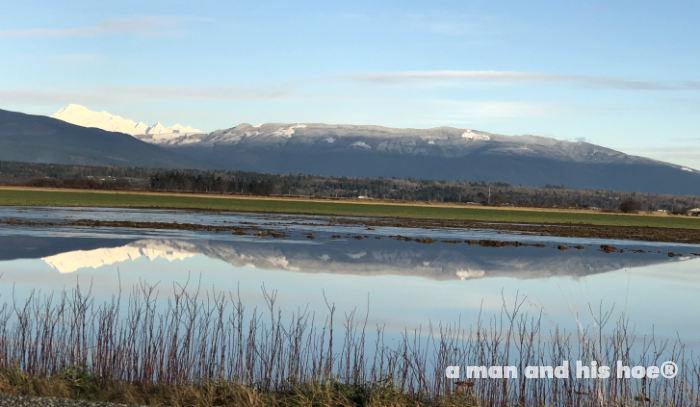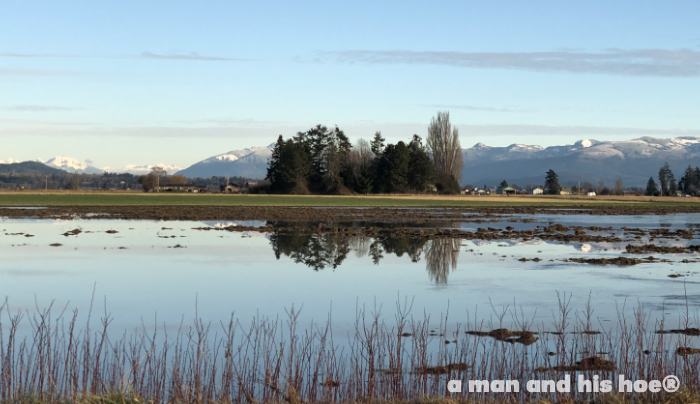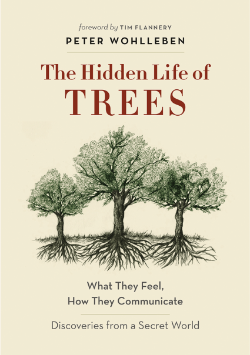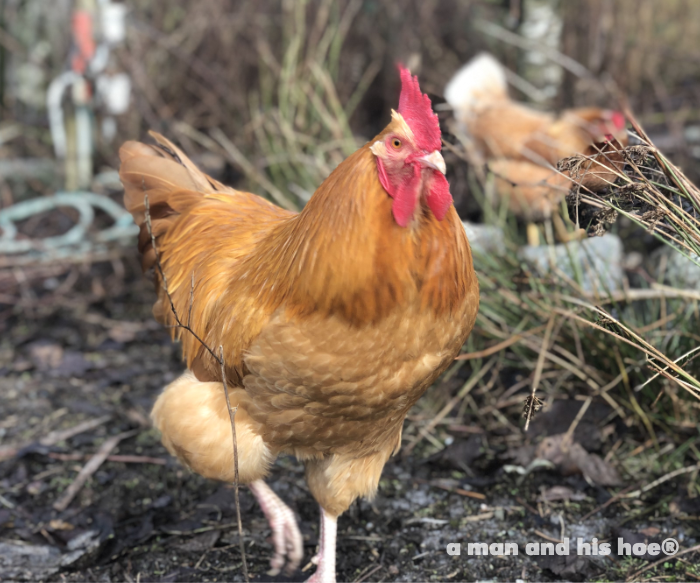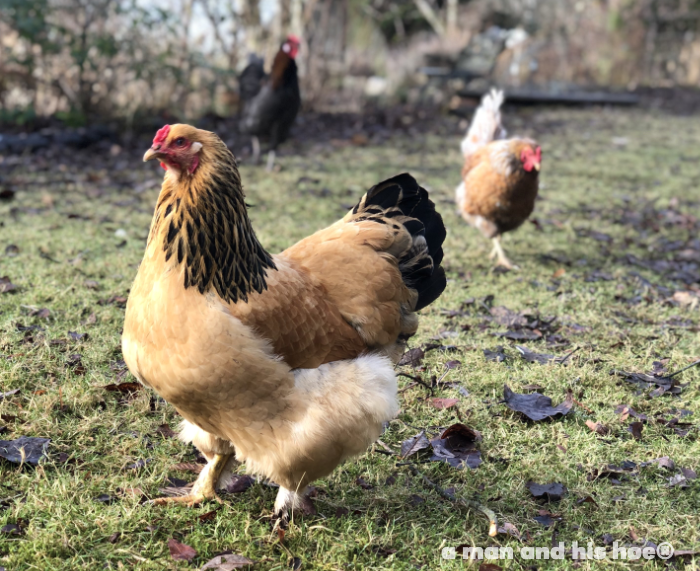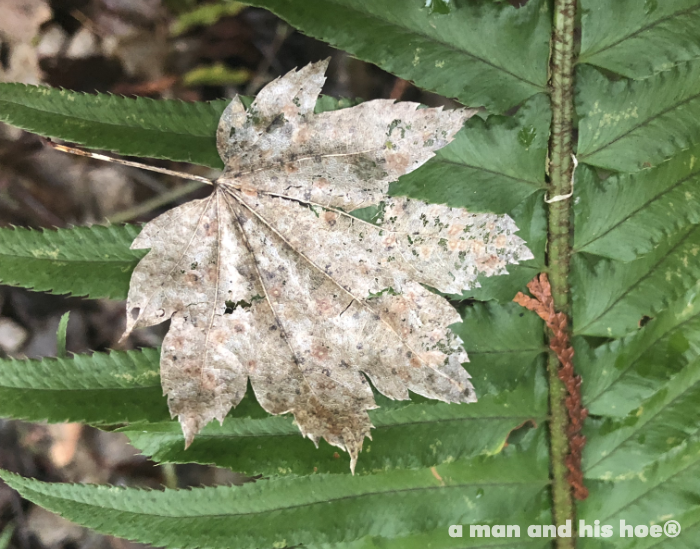
The forecast is for another windy night and a blustery day tomorrow. Before the trees and branches come crashing down, while it is still calm, I sneak off into the winter woods. One of the first things I encounter is a vine maple leaf stuck to a fern. Instead of falling gently to the ground, this leaf landed on a fern, and through the winter storms, it has stayed there, slowly disintegrating. I suppose the fern will be glad when the rains finally wash it away.
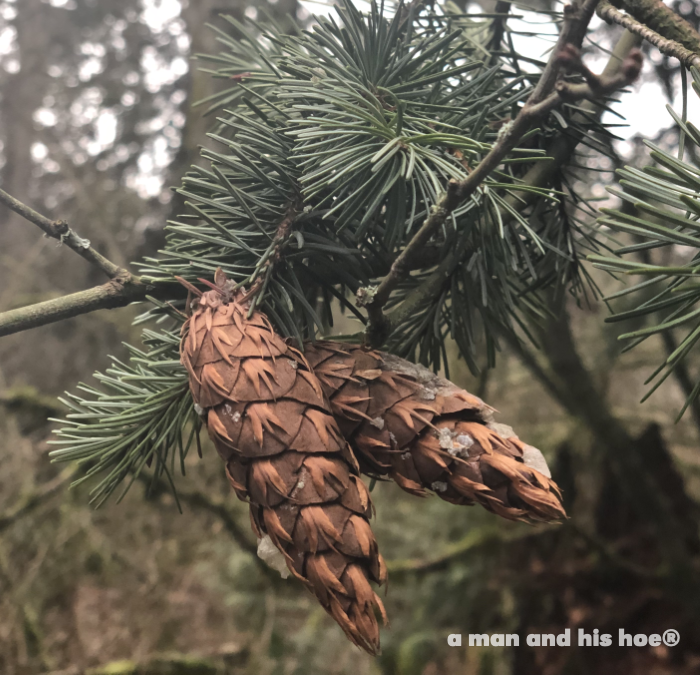
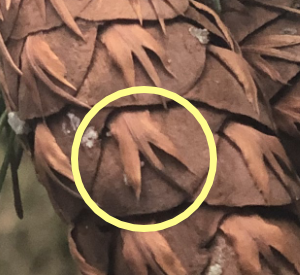 A small Douglas Fir branch with cones that was ripped off during the last storm dangles in a vine maple branch. You can tell it is from a Douglas Fir by the three pronged bracts sticking out of the seed scales.
A small Douglas Fir branch with cones that was ripped off during the last storm dangles in a vine maple branch. You can tell it is from a Douglas Fir by the three pronged bracts sticking out of the seed scales.
I could see someone collecting these three pronged Douglas Fir bracts and doing something with them, making a necklace from them, bundling them up into a brush, or filling a pillow with them.
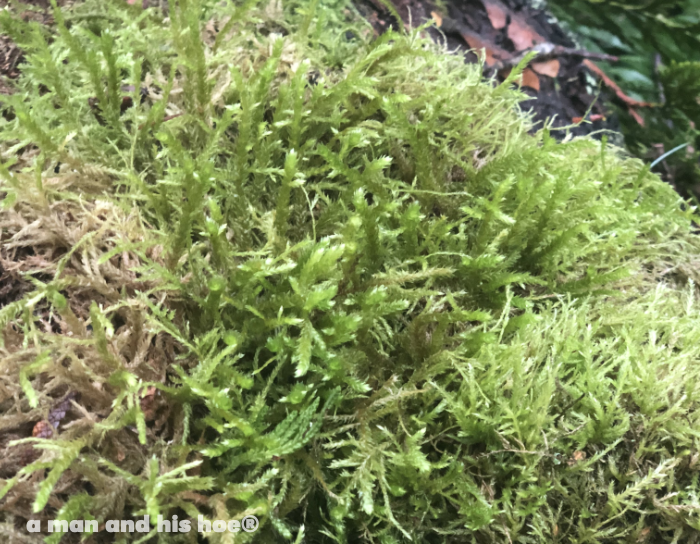

In the damp woods, any fallen log or dead stump becomes a garden of moss, lichen, and ferns. It doesn‘t matter how dry the summer is, it takes but a few fall raindrops for these mosses and lichens to become soft, feathery beds.

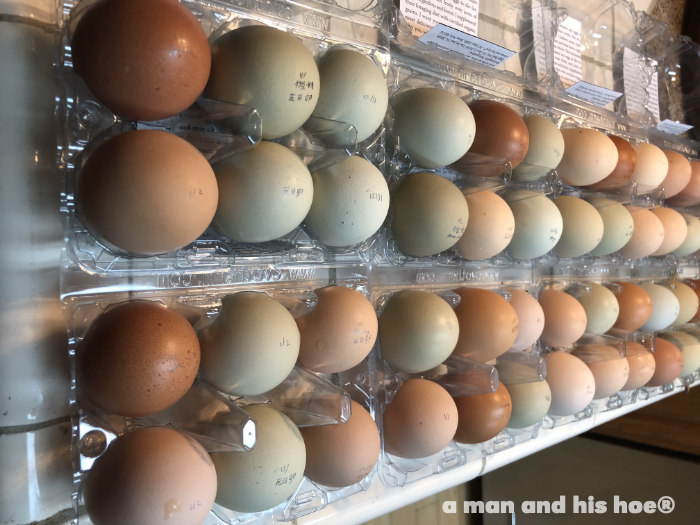
Tomorrow is the first delivery of the year. The eggs are ready to go. Last year, the hens laid over 5,500 eggs. It sounds like a lot of eggs, but it isn’t even a drop in the bucket compared to the vast commercial hen houses churning out several million eggs a day. I can’t fathom what it must be like to be one hen among more than a million, to never see the sun, never take a dust bath, never explore what is on the other side of that fern deep in the woods, to never flirt with a rooster.

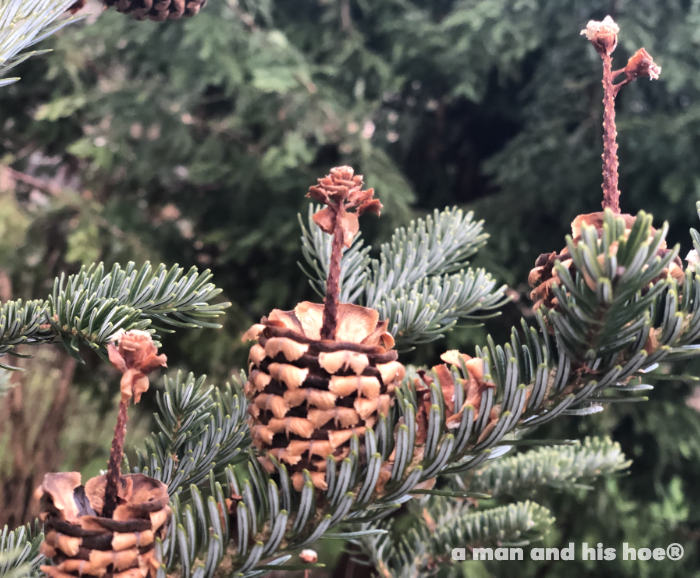
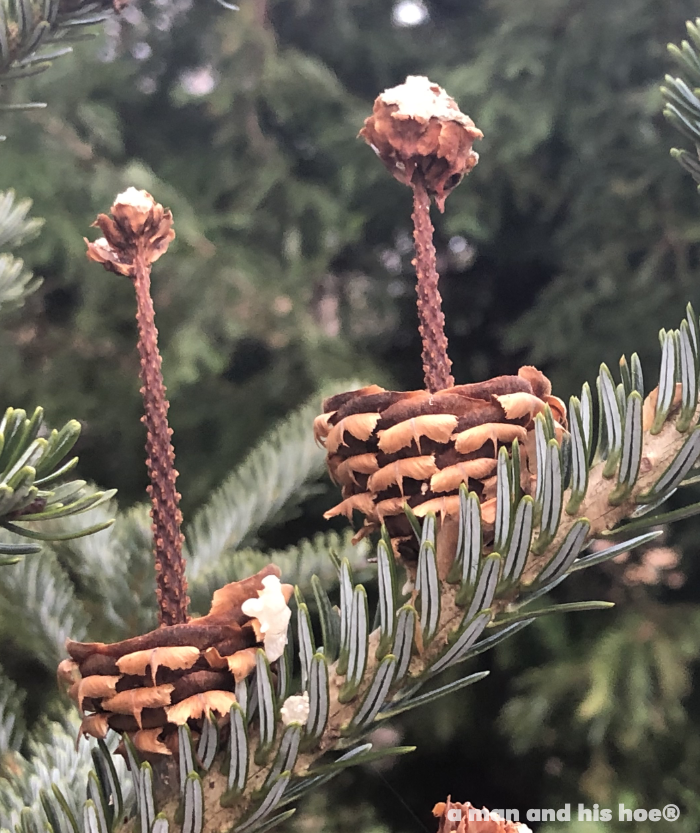
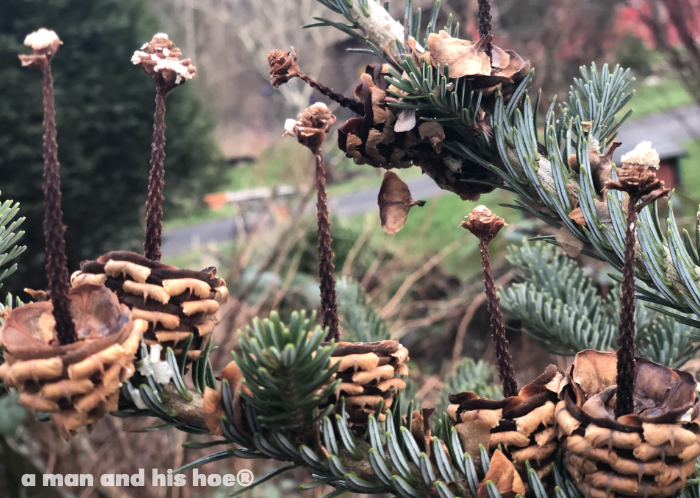

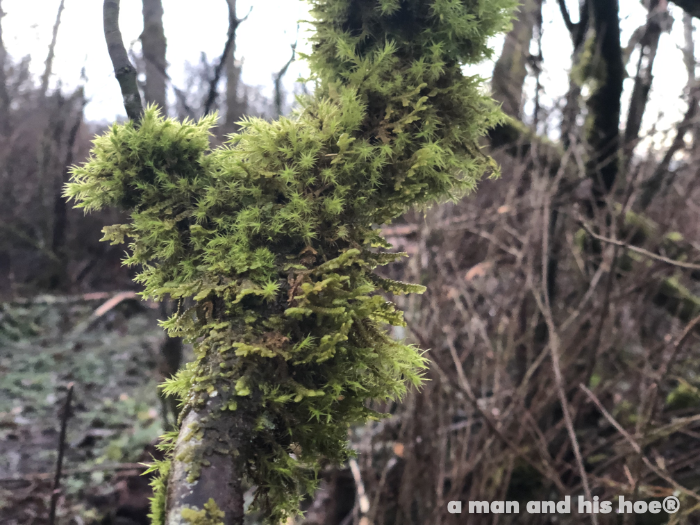

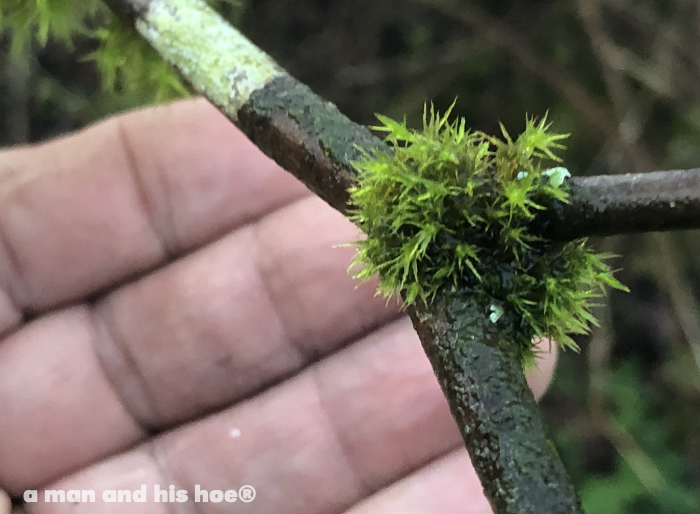


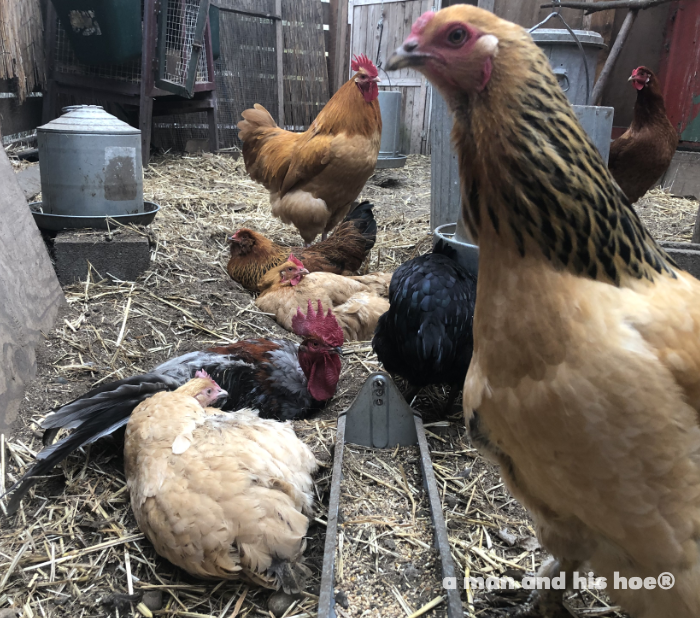
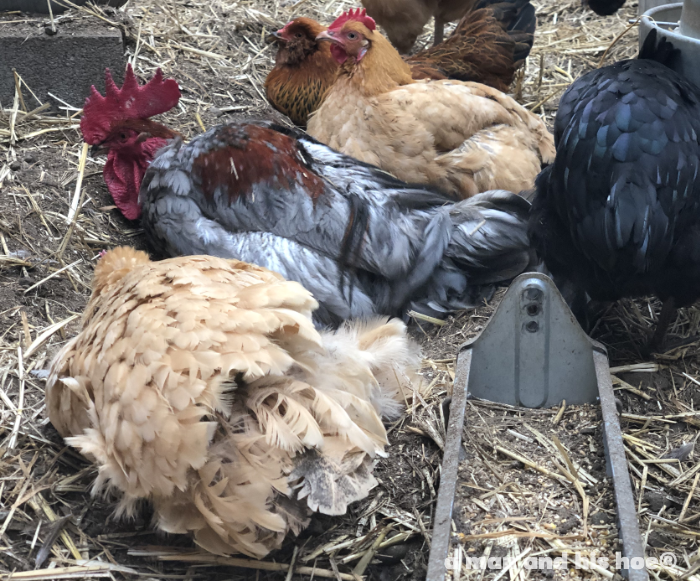

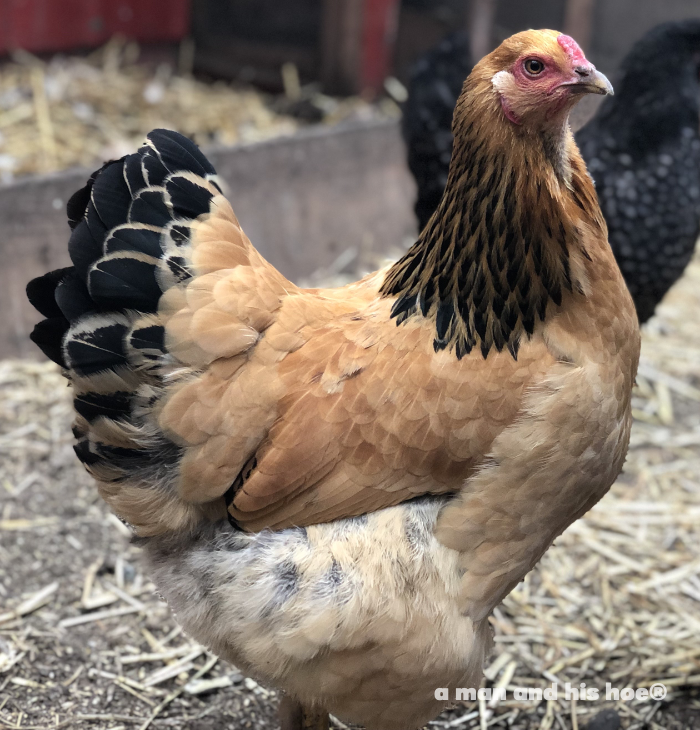
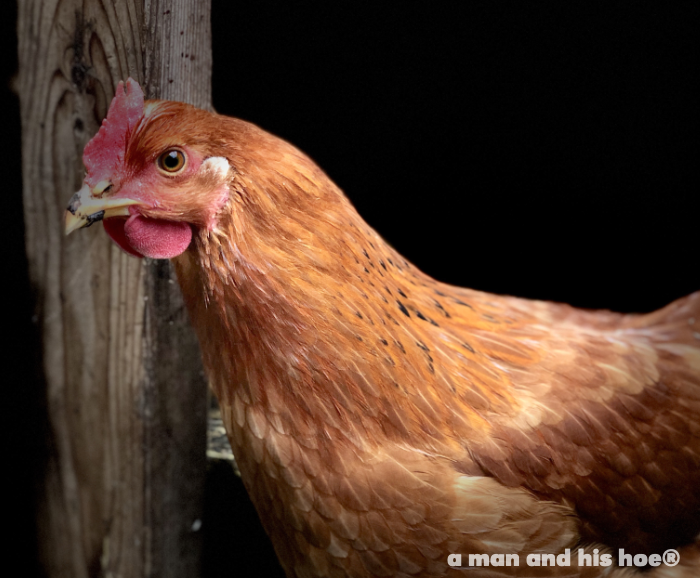
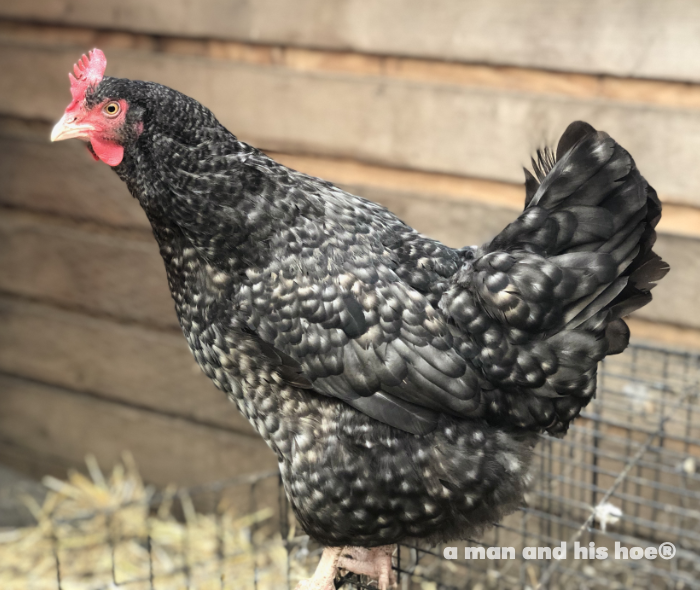
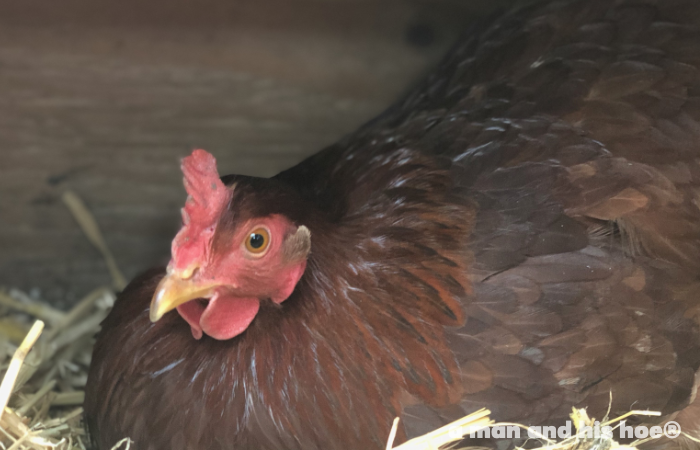


 A small Douglas Fir branch with cones that was ripped off during the last storm dangles in a vine maple branch. You can tell it is from a Douglas Fir by the three pronged bracts sticking out of the seed scales.
A small Douglas Fir branch with cones that was ripped off during the last storm dangles in a vine maple branch. You can tell it is from a Douglas Fir by the three pronged bracts sticking out of the seed scales.




